Iain Sinclair, House of Flies (Three Impostors: London Adventures, 2023. Limited edition. 30 pages)
House of Flies begins with a murder scene, and my heart sank. Oh no, I thought, Sinclair has returned to writing about London after his Peruvian interlude, and he’s sunk straight back into the least interesting side of his work — the side that finds fascination in the Krays and the Ripper. This barrel of prurient tawdriness has been scraped clean. It’s a London Dungeon side-show. A sub-Derek Raymond wound-detail close-up. These ghosts have been worn away to wisps by now, while there are so many other dazzling lights of the prism that deserve attention.
I needn’t have worried. With a forward momentum propelled by stacked clauses in long sentences, Sinclair, like a practiced haruspex, uses the pollution of spilled blood as a visionary portal.
The introduction must also be deliberate. Sinclair sprinkles the opening pages with shavings from his greatest hits: suspicious death, book-dealers, disappearance, Whitechapel, market stalls, abandoned buildings, Welsh cottages, canals, ley lines…. I wonder if this comes easily to him? It feels a little like an encore: cosy and uplifting, while the content is typically dark and allusive.
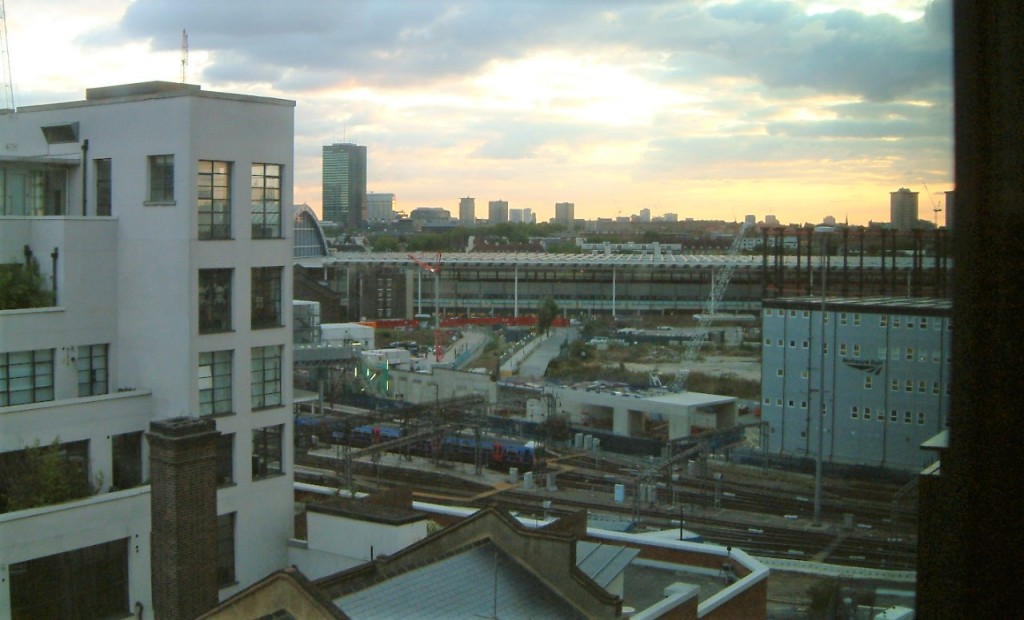
The Machen-via-Crowley overture gives way to a tale of Simon Toate of Dynevor Road, Stoke Newington. Toate (so it seems) is a semi-fictionalised podcasting cipher for Sinclair. He is a man out of time, concerned about this history of leisurely male walkers of the twentieth-century: men who ‘don’t have proper jobs or households to run. They make leisurely expeditions. They have private incomes or clerical occupations that can always be set aside. They walk. . . . The pitch was dull and Toate was not the person to make it’ (7). Sinclair’s Toate (‘not so much woke as undead’) grasps the nettle of political-literary reassessment, and is so thoroughly stung by it he retreats into inactivity. But this is merely the spur for a new walk.
With characters real and imagined, it’s tempting to search online for every reference in House of Flies. A cassette of music recorded with Michael Moorcock in Paris using found lyrics cut up from Arthur Machen’s The London Adventure? If it doesn’t exist, the disappointment will be too great. If it does exist, its unattainability will be endlessly frustrating. Sinclair, I feel, is daring the reader to hunt down references to nowhere.
It is a story of fruitless quests — for the House of Flies, for Machen’s London, for books, cassettes, locations, for a new political reality and for transcendence. In the avowed shadow of Machen, it trades on coincidences and everyday mysteries; it drops names like Machen dropped Latin tags. And, of course, has the reader’s mental map of London firing and misfiring throughout.
With such an abundance of Sinclairian references, the reader’s personal synchronicities with the tale are almost inevitable. For me, just a couple of days after posting here with a comment on the statues and dragons of Holborn viaduct, comes Toate: ‘I changed my mind and came up those haunted stairs to Holborn Viaduct, with the silver dragons, red tongues extruded, staring down to where the bookstalls used to be. . . ‘ (20). I feel the dragon is pointing me to something, but perhaps he is just poking out his tongue in triumph at my bewilderment. This, too, is part of Sinclair’s method: by turns irritating and enchanting. A dense mesh of city lives past and present, real and imaginary, are overlaid on each other. There are meanings to be divined in the resulting patterns, and it’s a measure of the story’s success that these meanings are unlikely to be the ones Sinclair intended.




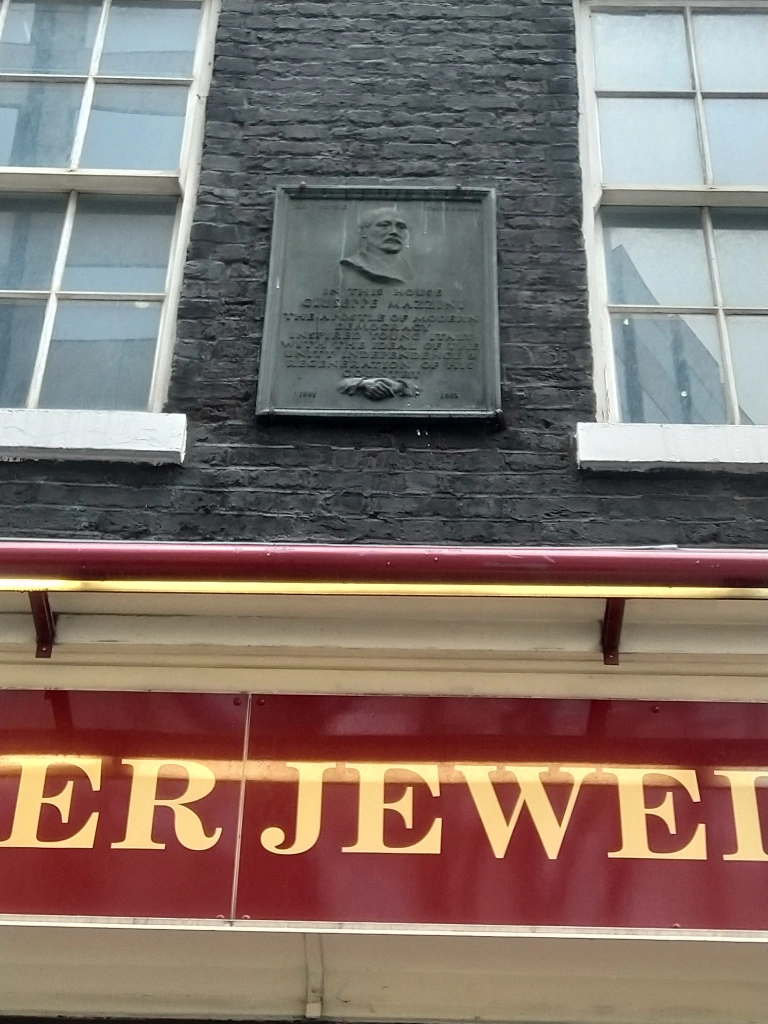




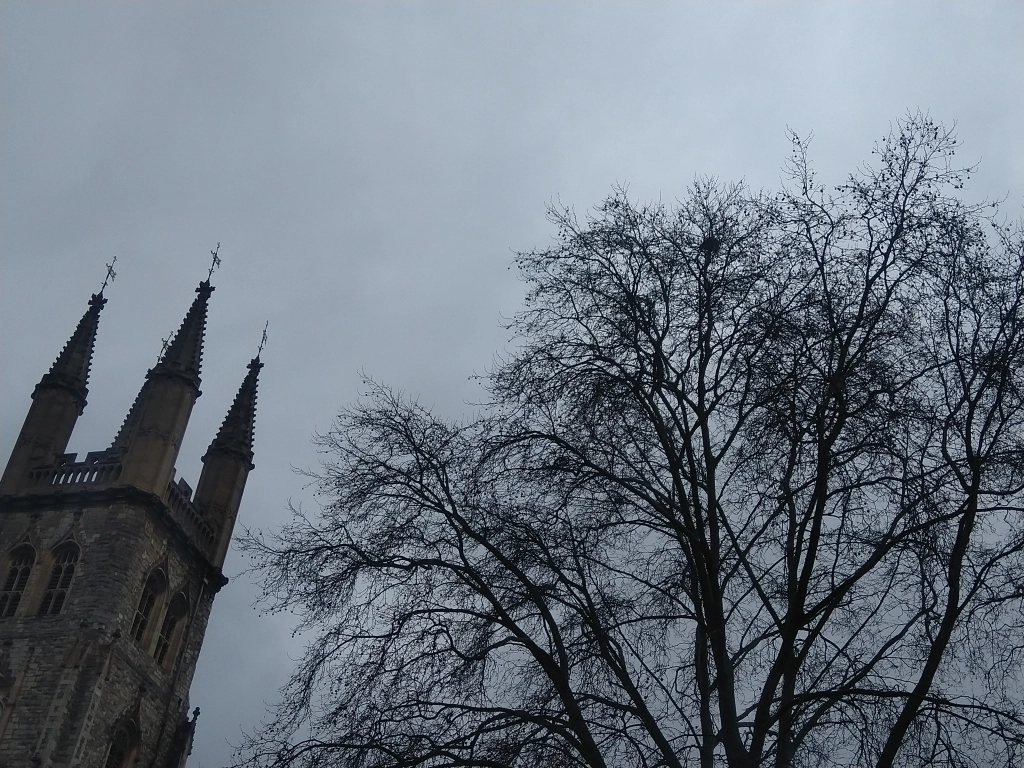
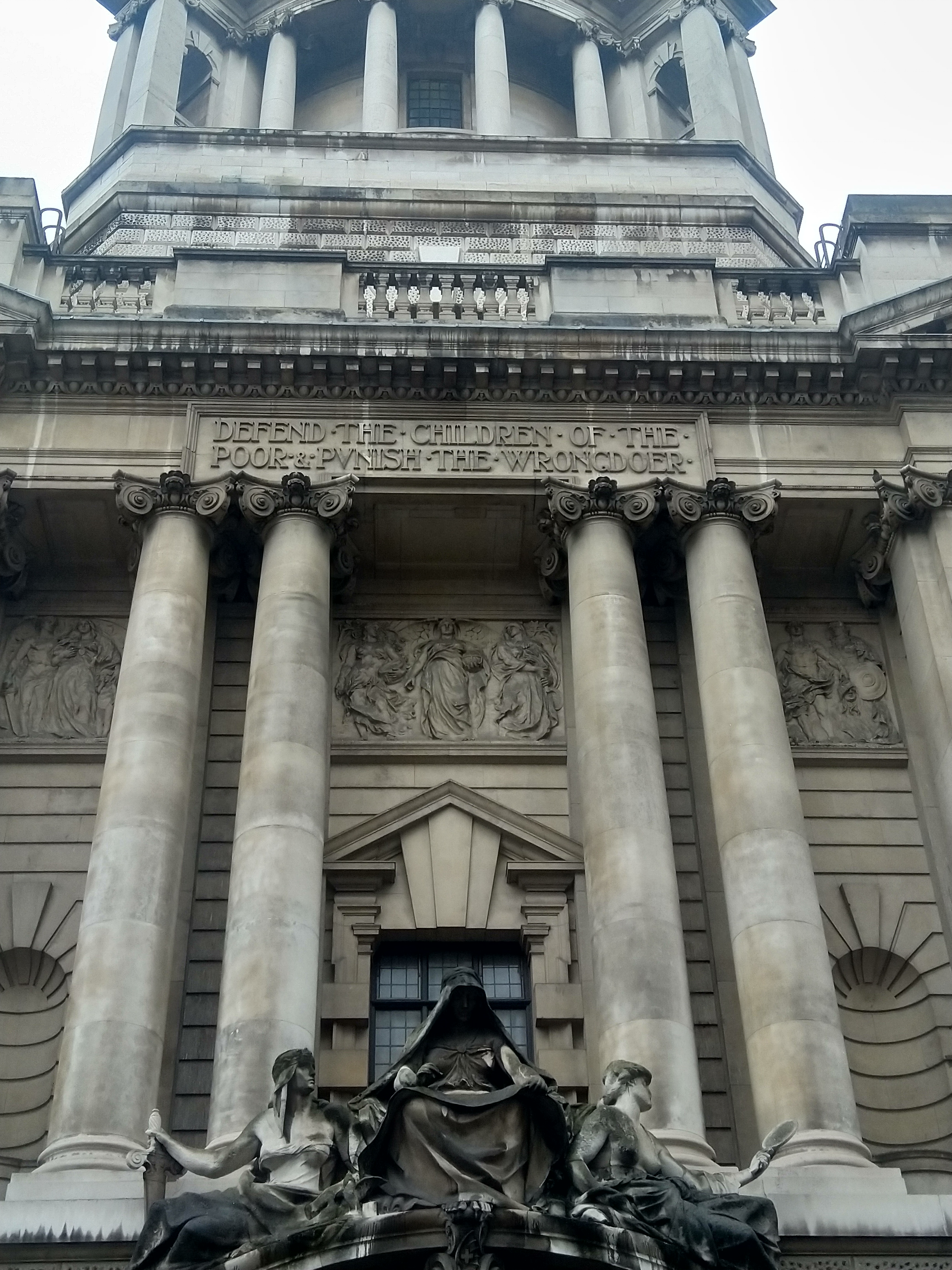
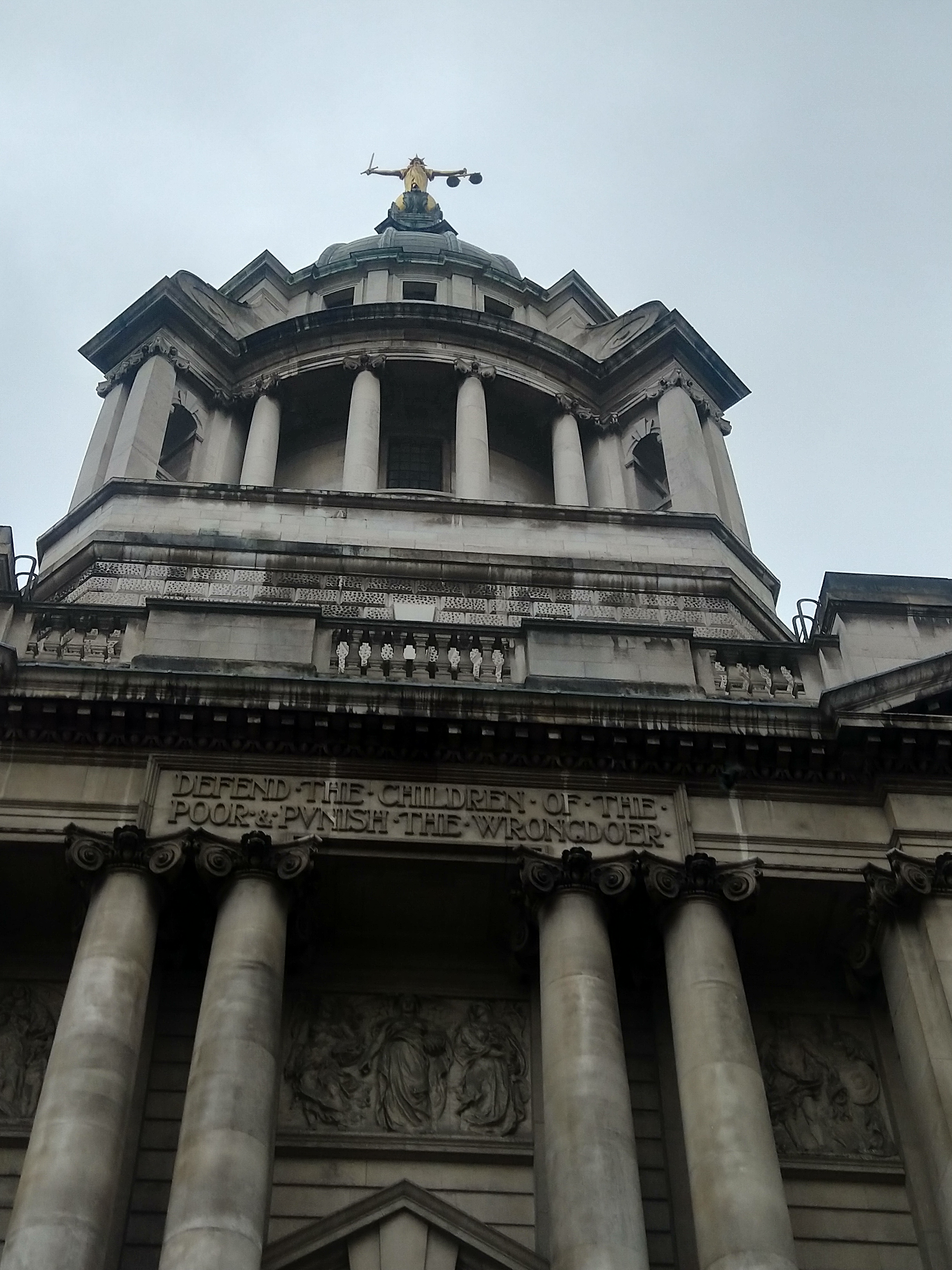

![Sign attached by cable ties to railings. The sign reads: "HM Government. NHS. [Left arrow]. This way. NHS 111 CORONAVIRUS POD."](https://uncannycities.files.wordpress.com/2023/04/img_20200306_153344.jpg?w=768)